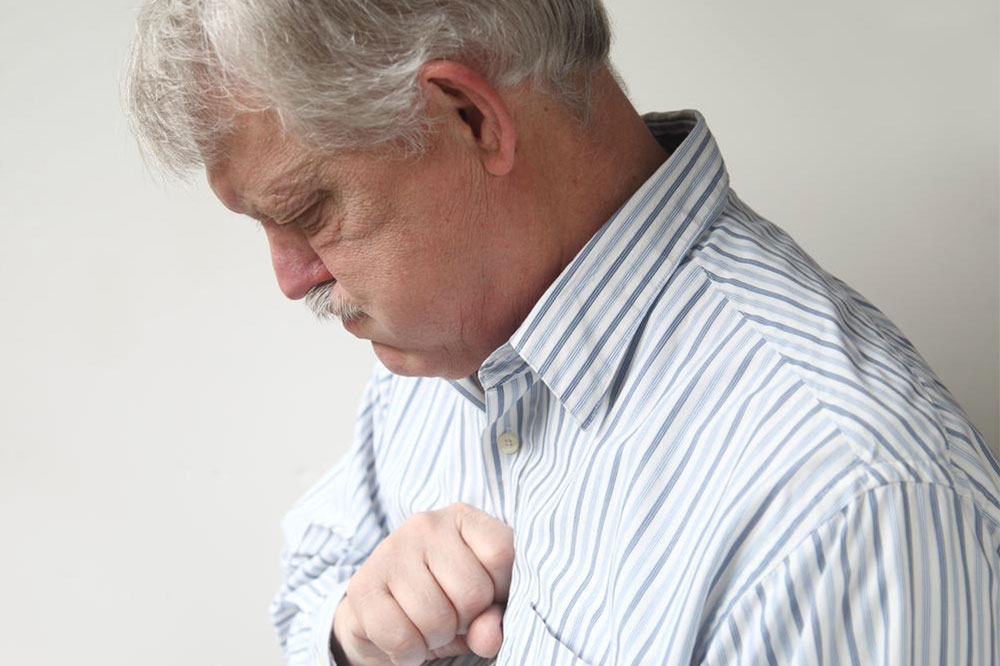Understanding Heart Attacks: Causes, Symptoms, and Treatment Options
This article offers comprehensive insights into heart attacks, covering causes like artery blockage and cholesterol buildup, symptoms such as chest pain and dizziness, and treatment options including PCI and bypass surgery. Early diagnosis and prompt treatment are emphasized to improve outcomes. Learn how lifestyle and medical interventions can mitigate risks and save lives.

Heart attacks affect nearly a million individuals nationwide. Whether due to genetic factors, family history, or lifestyle choices, experiencing a heart attack can be terrifying, but it isn't always fatal. With timely medical intervention and an active lifestyle, many survivors lead healthy, productive lives.
Causes
The primary trigger of a heart attack is the blockage of coronary arteries that supply blood to the heart muscle. Cholesterol buildup narrows these arteries, restricting blood flow and causing heart tissues to die from oxygen deprivation, resulting in a heart attack. This condition is known as coronary heart disease (CHD). Additionally, drug abuse and hypoxia—low blood oxygen levels—can also precipitate cardiac events.
Signs and Symptoms
Heart attack symptoms vary among individuals; some experience mild discomfort, others face intense pain, and some may show no symptoms until a severe event occurs. Common indicators include:
Chest discomfort: Feelings of pressure, squeezing, or tightness in the chest center.
Discomfort radiating: Pain spreading to arms, back, jaw, or abdomen, often tingling sensation in the arms.
Dizziness and lightheadedness: Sensation of the room spinning or weakness.
Breathlessness: Shortness of breath accompanied by sweating or nausea.
Anxiety: Sudden overwhelming panic or unease.
Color changes: Facial pallor or greyish face and restlessness.
Treatment Approaches
Treatment varies based on whether it’s a STEMI (more severe) or other heart attack types. Immediate intervention is crucial for STEMIs. Common treatments include:
Administering medications to unblock arteries if ECG indicates STEMI.
Performing Primary Percutaneous Coronary Intervention (PCI) within 12 hours of symptoms—this involves angioplasty with a balloon and stent placement to restore blood flow.
If PCI isn’t accessible within the critical window, clot-dissolving medications are used.
Beyond 12 hours, coronary artery bypass surgery may be necessary, redirecting blood flow around narrowed arteries using grafts from other body parts.










